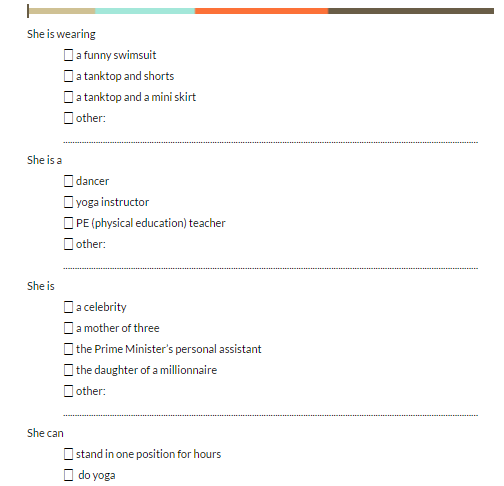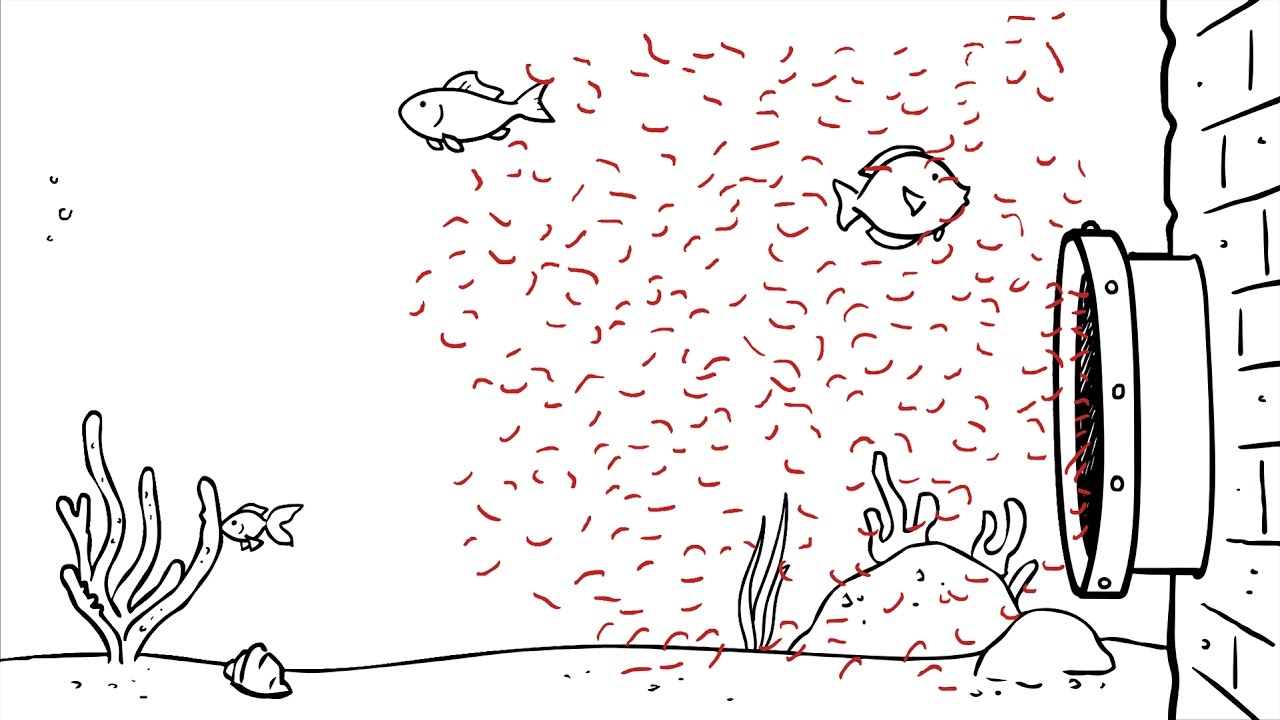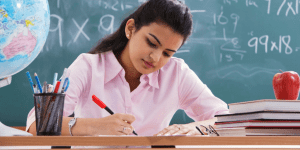Teaching Low Level Learners ESL Using Authentic Materials
A 1-2-1 student of mine has just passed his (Hungarian B2 CEFR level) matura exam, in which he got 85%. What is very special about this student is that he had had NO English lessons for the past 4 years of secondary school (except for 7 or 8 weekly 45-minute lessons with me). He had taught himself English through available media, watching and listening or reading authentic English.
“Classroom research has confirmed that students can make a great deal of progress through exposure to comprehensible input without direct instruction.” (Lightbown and Spada, 2009 )
He is not the first student we have seen who has taught himself English through gaming/song lyrics /YouTube videos/series etc. These students seem to gain proficiency in a foreign language simply by having fun and enjoying themselves. If it is that easy why doesn’t everybody do that? Why do all learners not learn a language through authentic input?
What stands between my learners and authentic input?
The system
I am a freelance EFL practitioner based, born and raised in Hungary. My very subjective explanation has to do with the language environment in Hungary, which is monolingual; most people don’t need a foreign language on a daily basis. Films are dubbed with amazing quality and pirate copies of series are subtitled in Hungarian shortly after release. What is more, our native Hungarian is considered to be very different from any other language.
State schools often have a poor choice of course books, teachers tend to be attracted to grammar syllabuses, learning difficulties are dealt with by reducing the amount of vocabulary and recycling the same grammar structures, which leads to a charmingly boring and irrelevant body of content. Reading and listening are often regarded as not serious and teachers who are aware of the problem are not equipped to find more engaging materials due to an insane workload, administrative load, burnout, etc.
The individual
Some students are just not passionate or motivated about anything in particular. The media content they enjoy and consume is available in L1 and therefore they do not bother to voluntarily seek authentic input.
For many students a weaker aptitude leads to a lack of mastery, which leads to frustration when it comes to difficult authentic texts. False beliefs, previous (unhealthy) patterns of learning may create a block and an unwillingness to try.
A Krashenian EFL teacher
Whatever the reason for students not being willing to try authentic material, being a fully biased Krashenian EFL teacher who has otherwise always been on the (not so academic) practical side, I am determined to force authentic input on my students, whatever it takes, I have pronounced myself an authentic materials superhero and here are my secret weapons:
Using authentic (unmodified) materials
This weapon is especially cruel, yet I ruthlessly force it on my learners but only if I find some material (preferably a video), which is massively relevant, interesting, short and attractive and if it’s a 1-2-1 course or a very small group.
Using a video directly requires thorough scaffolding:
Use pauses (add pop-up questions in videos using www.edpuzzle.com or www.playposit.com ), segment your video into bite-size portions, pre-teach vocabulary, activate your learners’ previous knowledge about the topic, use non-linguistic clues, involve other skills (if it’s spoken language, support understanding with written notes, if it’s written text, add your own explanations), use drawings. Assign task types that are easy to gain a sense of achievement (keyword hunt, ordering, very short text reconstruction tasks).
Adapting authentic text
After selecting a suitable text, you can make it easier by replacing difficult vocabulary with easier phrases (use www.vocabkitchen.com, this tool can check your text against AWL or CEFR and its color coding will show you which words need replacing). If you are a speaker of L1 alter the text so that it is a little closer to your learner’s mother tongue, both lexically and grammatically. Segment complex sentences into shorter ones, use repetition, explanation and summarize parts of the text. Then always point to the original source, you may have a session where your learners compare it to the adapted version.
Taming authentic input
Taming is what I most often use with relative beginners or those who really resist authentic material for one of the reasons listed above.
The idea is simple. Take a short video and first use as many of the non-linguistic elements as you can (sounds, images, music, etc.). (This is very similar to a version of videotelling http://videotelling.com/ , where you deconstruct the video and deprive it of its own narrative just to give it another narrative based on its elements.) Use the elements as stimuli to co-construct a text with your students. The original input is not necessarily a story, but the new one is. The difficulty of the resulting text can be adjusted to your learners’ current level.
How do you construct the text? Let’s see an example that I often use.
I took 15 screenshots from a video explaining how microfibers are a considerable environmental hazard. I printed and shuffled them. My learners were shown the cards BEFORE seeing the video.
I picked two cards and prepared a worksheet with multiple choice items using very basic structures (is/are, can, there is, … is …-ing, … wants to …, etc.) that the learners could fill with content by either choosing one of the options or adding their own ideas. (The options ease the cognitive load that the task might initially pose, once the learners have ‘warmed up’, they can create their own sentences seamlessly.)
I usually tell my students these images are screenshots from a YouTube video, and ask them if they have seen it. I show them the first card and we have a look at the first part of the worksheet.

After going through the M/C sentences for the two pictures (with a lot of review and repetition), students pick the next (random) card. At this point they feel confident and switch into in creative mode and construct their own narrative. The teacher’s only task is to make sure the text is noted down and the elements are repeated as many times as possible, without becoming strenuous or boring.
The most amazing collection of stories
In a couple of months, my groups and 1-2-1 clients have created the most amazing collection of stories, ranging from the success story of the small town yoga instructor to a sci-fi about a mad scientist who wanted to suffocate the world by 3D printing billions of T-shirts. The stories are their own, it means they are able to focus, the meaning is never lost (unlike in the case of an irrelevant course book text with a random stock photo).
The co-constructed text then can be manipulated, de-constructed and re-constructed in several ways including TPRS, interactive storytelling, it can be turned into voice or video recording (recorded little by little and then edited), it can be used as a disappearing text, you can easily turn it into a gapped text (a useful tool is at https://elt.oup.com/teachers/englishfile/clozemaker/cloze2?cc=hu&selLanguage=hu&mode=hub). You can use scrambled words, scrambled sentences as an exercise (the online scramble machine is at http://www.altastic.com/scramblinator/) A simple dictation or dicto-comp is also handy.
Finally show your learners the original video. My experience shows that they are usually so curious and engaged that they are capable of investing more attention in the task and their frustration is lower. Hopefully these tricks can help you reduce the distance between learner and authentic material . If it makes any sense to you, do not hesitate, join the army of overly-enthusiastic (and sometimes desperate) authentic material superheroes!









2 Responses
ELF Learning
What a wonderfully inspiring and practical article. I hope you can hear the clapping and enthusiastic cheering from Japan!
03/09/2017
Andy Lockley
For those looking for authentic resources, I find and collate materials for teachers to use in the classroom to inspire discussion and expose students to authentic materials, see (and like :-) ) https://www.facebook.com/ideas76/ Active Reading and Learning
28/09/2017